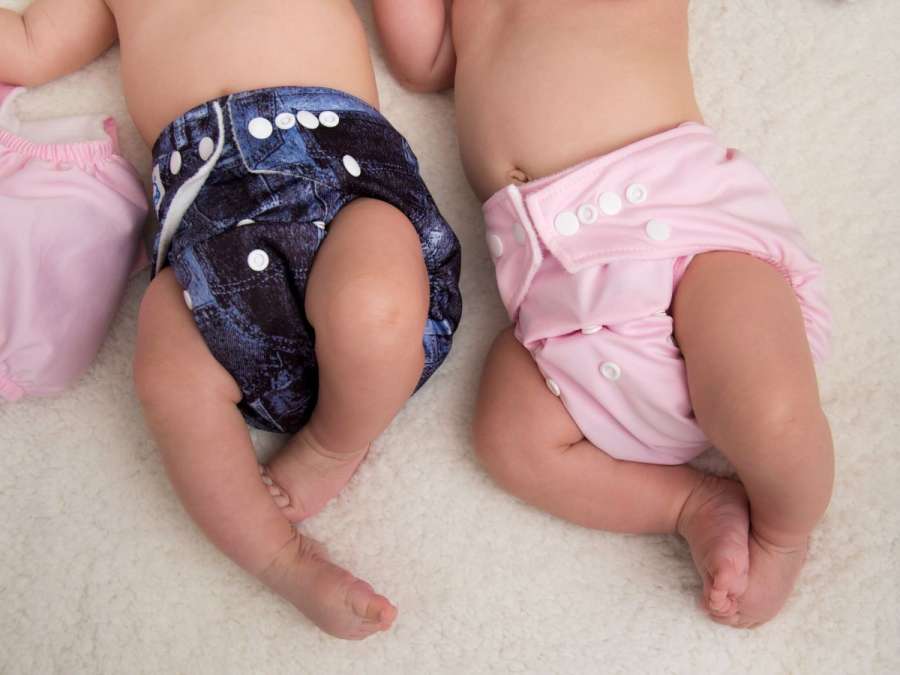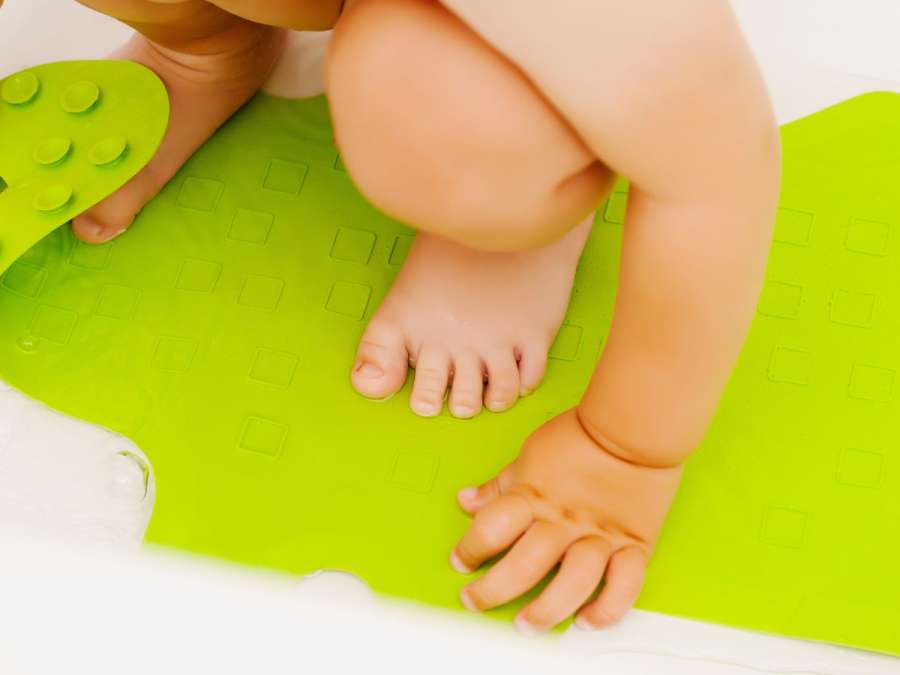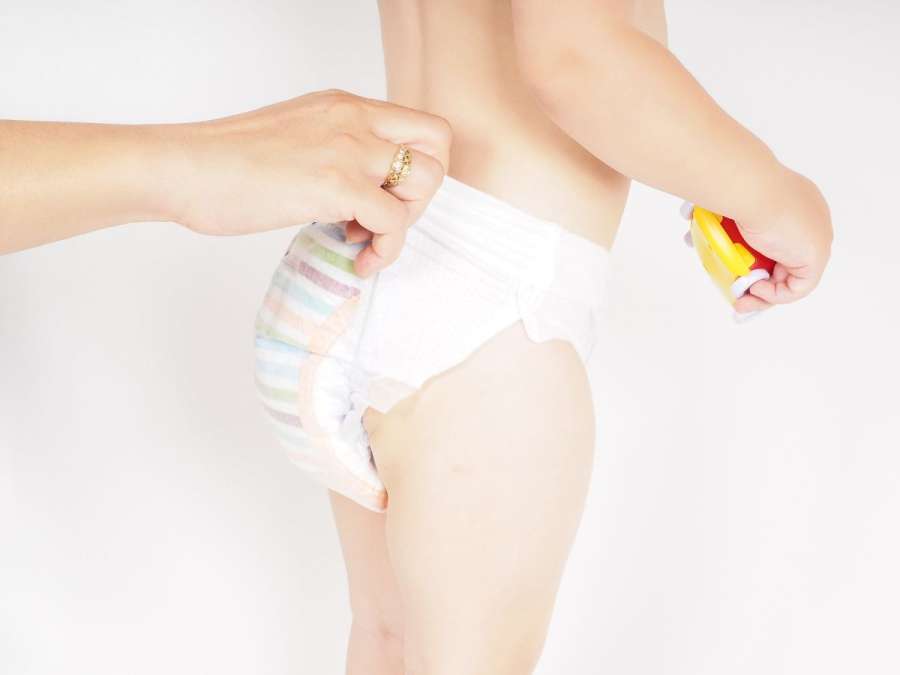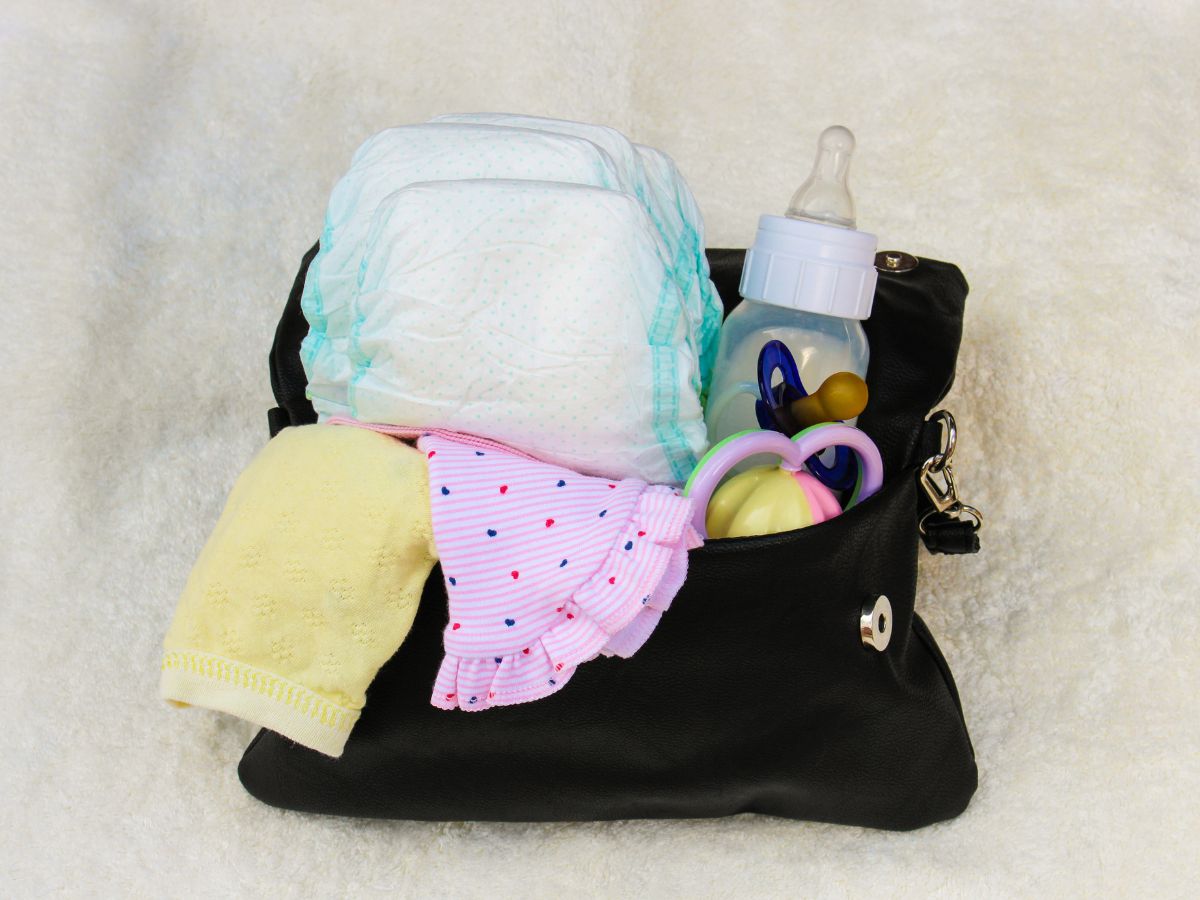Choosing the right diapers for your baby is one of the most important decisions you will make as a parent. Diapers are integral to your baby’s daily routine, and their comfort and well-being depend on your choice. This article will explore the world of choosing the right diapers and essential diapering considerations to ensure your baby stays dry, comfortable, and happy.
Whether you are contemplating between cloth and disposable diapers or seeking the most absorbent overnight solutions, your choices are crucial. They play an important role in ensuring your baby’s comfort. This article aims to clarify the diapering process and provide insights into selecting the right products that align with your baby’s needs. It also considers the environmental concerns, and budget, making diaper changes a smoother experience for you and your little one.
1. Understanding Your Diapering Options
a. Disposable Diapers
Disposable diapers are the most commonly used option. They are convenient, easy to use, and available in various sizes to accommodate your baby’s growth.
b. Cloth Diapers

Cloth diapers are eco-friendly and reusable. While they require more maintenance, they are a cost-effective and environmentally conscious choice.
c. Hybrid Diapers
Hybrid diapers combine elements of both disposable and cloth diapers. They often consist of a reusable cover and disposable inserts.
2. Factors to Consider When Choosing Diapers
a. Fit and Size
Choosing the right diapers size is crucial for your baby’s comfort. Diapers that are too small can cause discomfort, while those that are too large may lead to leaks.
b. Absorbency

Consider the diaper’s absorbency level, especially for overnight use. Some diapers have extra absorbency designed to keep your baby dry throughout the night.
c. Wetness Indicator
Many disposable diapers come with a wetness indicator, which changes colour when the diaper is wet. This feature can be helpful for new parents to know when it is time for a diaper change.
d. Diaper Rash Protection

Look for diapers with features that protect against diaper rashes, such as a moisture-wicking layer or gentle materials that minimise friction on your baby’s skin.
3. Diapering Essentials
a. Diaper Changing Table
A dedicated changing table or pad is essential for safe and comfortable diaper changes. Ensure it is well-stocked with all necessary supplies.
b. Baby Wipes

Choose gentle, hypoallergenic baby wipes to clean your baby’s bottom during diaper changes. Avoid wipes with harsh chemicals or fragrances that can irritate delicate skin.
c. Diaper Cream
Diaper cream helps prevent and soothe diaper rash. Select a paediatrician-recommended cream that is safe for your baby’s skin type.
d. Diaper Pail
Invest in a diaper pail designed to contain odours effectively. Some pails offer hands-free operation for added convenience.
e. Changing Pad Covers

Having extra changing pad covers on hand is helpful for quick changes when one is in the laundry. Look for soft, machine-washable options.
4. Tips for Diapering Success
a. Always Be Prepared
Keep your diapering essentials well-stocked and organised. Ensure you have an ample supply of diapers, wipes, and creams within easy reach.
b. Frequent Changes

Change your baby’s diaper regularly, especially after feedings or when they wake up from a nap. This helps prevent diaper rash and discomfort.
c. Safe and Secure
When fastening the diaper, ensure it fits snugly but not too tight. Check for gaps around the legs to prevent leaks.
d. Be Gentle

During diaper changes, be gentle with your baby’s delicate skin. Use a soft touch when wiping, and pat the skin dry rather than rubbing.
e. Dispose of Diapers Properly
If you are using disposable diapers, dispose of them in a diaper pail or a sealed bag to contain odours. For cloth diapers, follow your laundering routine.
5. Making Eco-Friendly Choices
a. Cloth Diapers
Cloth diapers are eco-friendly as they can be reused and are less environmentally harmful than disposable options.
b. Biodegradable Diapers

Some disposable diapers are made from biodegradable materials, making them a more eco-conscious choice than traditional disposables.
c. Diaper Recycling
Explore diaper recycling programs in your area if available. These programs aim to reduce the environmental impact of disposable diapers.
6. Finding What Works for Your Baby
a. Trial and Error
Finding the diaper brand and type that works best for your baby may take some trial and error. Do not get discouraged if your initial choice does not meet your expectations.
b. Consider Your Baby’s Needs

Every baby is unique, and what works for one may not work for another. Pay attention to your baby’s comfort and any signs of irritation.
c. Seek Recommendations
Ask for recommendations from other parents, friends, or doctors with diapering experience. Their insights can be invaluable.
7. Diapering on the Go
a. Portable Changing Pad
Invest in a portable changing pad that you can easily carry in your diaper bag for on-the-go changes.
b. Travel-Size Essentials

Purchase travel-size packs of baby wipes, diaper creams, and disposable bags. These will make diapering while away from home more convenient.
c. Extra Clothing
Pack spare baby clothes in case of diaper leaks or unexpected messes while you are out and about.
8. The Transition to Potty Training
a. Signs of Readiness
Watch for signs that your baby is ready for potty training, such as showing interest in the toilet or indicating when to go.
b. Patience and Positive Reinforcement

Approach potty training with patience and positive reinforcement. Celebrate small successes and avoid pressuring your child.
c. Consistency
Consistency is key during the potty training process. Create a routine and stick to it to help your child establish good habits.
Choosing the right diapers and diapering essentials is crucial to parenthood, ensuring your baby’s comfort and well-being. Whether you opt for disposable, cloth, or hybrid diapers, selecting the right fit and absorbency is essential. Stock up on diapering essentials, practice good hygiene, and prepare for diaper changes. Stay aware of their needs and preferences as your baby grows, especially during the transition to potty training. Remember that each baby is unique, so do not be afraid to adjust your diapering routine to suit your baby’s comfort and happiness. By making informed choices and prioritizing your baby’s comfort, you will ensure that diapering is a smooth and nurturing experience for you and your little one.
